Opinion: Working to support, maintain long-term research in New Hampshire
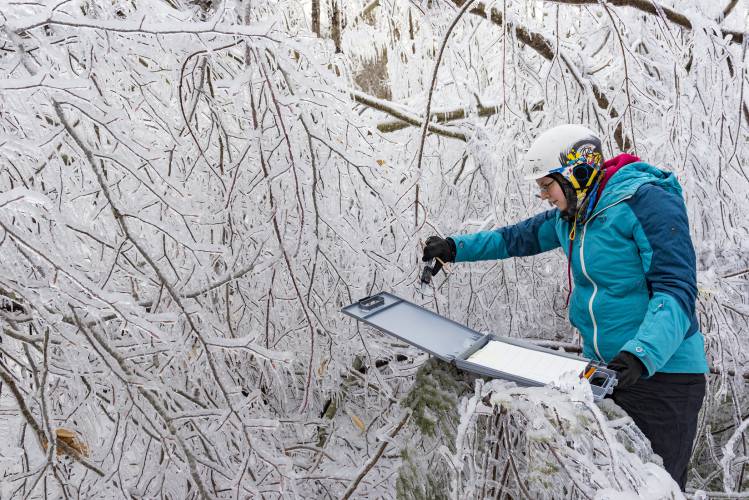
Ice Storm Experiment at Hubbard Brook Experimental Forest, 2016 and 2017. Joe Klementovich photo
| Published: 12-12-2024 6:00 AM |
Andrew Cassel is the director of communications and science engagement, Hubbard Brook Research Foundation.
Here at the Hubbard Brook Research Foundation we’re steadfast Concord Monitor readers, and look forward to the Granite Geek’s take on things happening in New Hampshire. Dec. 4 was no exception.
There was something about the “Science thrives with the long-term view – who’s going to pay for it?” piece that grabbed our attention and stayed with us, because Hubbard Brookers are always thinking about the support of long-term research in New Hampshire.
The Hubbard Brook Experimental Forest holds daily data going back to 1955. That’s a lot of very important, very expensive long-term data to store and keep at the ready for future researchers to find new ways to use it. Water data, soil data, leaf data, animal behavior data, air quality data, and more in many forms. And all of it being used as part of science’s long-term view of what things were like, how things are changing, and fueling ideas of how to prepare for the way things will be.
Granite Geek’s column was spot on. These are essential data. And someone needs to pay for its upkeep, storage, and support the frameworks in place to continue its collection. Where we use the improv technique to “yes, and…” Granite Geek is the idea that this will continue to be thought of as primarily the public sector’s responsibility.
The upcoming change in the federal administration has sent waves of concern through the scientific community. But even before the November 2024 election public funding for places like the Hubbard Brook Experimental Forest had been subject to re-prioritizing at the federal level. And not as to send more money towards the forest.
In September 2024 the chief of the U.S. Forest Service announced, “hard budget and hiring discussions and decisions are necessary for the future of the agency,” and that “the agency is currently planning for the most conservative budget estimates.”
And as Science reported in March 2024, “Congress slashed this year’s NSF budget by 8%”.
Article continues after...
Yesterday's Most Read Articles
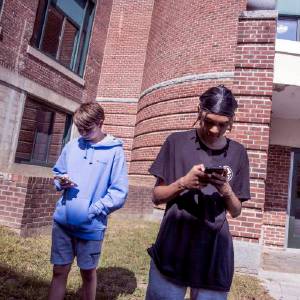 New Hampshire school phone ban could be among strictest in the country
New Hampshire school phone ban could be among strictest in the country
 ‘Would you raise your right hand?’ — Local veterans consider the meaning of Memorial Day
‘Would you raise your right hand?’ — Local veterans consider the meaning of Memorial Day
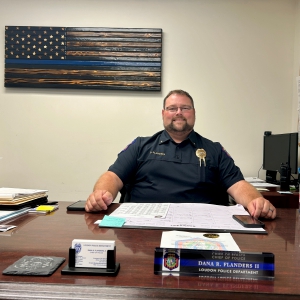 Loudon police received a mental health call. Here’s how they avoided escalating it.
Loudon police received a mental health call. Here’s how they avoided escalating it.
 Memorial Day events in the Concord area
Memorial Day events in the Concord area
 Photos: Memorial Day parade in Concord
Photos: Memorial Day parade in Concord
 High schools: Final regular season track and tennis results; plus weekend baseball, softball and lacrosse
High schools: Final regular season track and tennis results; plus weekend baseball, softball and lacrosse
Forest Service employees are among those who collect, prepare, and maintain Hubbard Brook data. The National Science Foundation funds projects in the Forest to collect more data and interpret that data to shape New England’s climate change policy. And as the Granite Geek describes, that money needs to come from somewhere. That “somewhere” is where we think there is potential for great hope and promise.
For that promise, we look to the stars.
Quite literally.
Since the 1970s public funding for NASA and space research has been a strong downward trending line. But private company investments in space travel and research increase every year to great success. A 2023 survey from Pew Research Center reveals that “Americans most familiar with private companies’ space efforts are especially positive in their evaluations of the job they are doing.”
This could also serve as a vision of the potential funding for the future of long-term data collection, storage, and innovative research.
“There is no way that private interests would fund 25 years of measuring chemistry and hydrology,” Granite Geek says in the column. But what if, just what if, like Granite Geek himself, more people start to realize that there is a need for private companies to do just that.
A public/private shared responsibility for funding science is essential and there are signs that sources of private funding can bring the scale back to level before cuts to public funding tip long-term data off the edge.
“A decade ago I wouldn’t have cared too much about it,” the Granite Geek says about the storage of data. But that changed. He now cares very much about this data and what it means for New Hampshire communities. And that changing opinion is shared by people all around the country.
The 2023 Science Philanthropy Indicators Report says “Philanthropic support increased by approximately 40% for basic and 100% for applied research from 2006 to 2021” and that “Partnerships and new models of philanthropy offer mechanisms for increased impact and effectiveness.”
It’s in this research that our hope thrives. A hope for more private support for the care and collection of long-term data collected, stored, and studied in our backyard. A hope for investment in science from private people and private companies who share the Granite Geek’s vigilance. It will take time, dedicated effort, and talking to the right people and partners. Just as it took time and dedication to go from the first private satellite launch in the 1960s to this month’s launch of the first privately funded probe to Venus.
Science funding is going to be something we work to maintain. Both at the ballot box to elect public servants who continue to direct (shrinking) line items towards research and in our own private lives to find the places where we direct (growing) philanthropic efforts.
At Hubbard Brook, we’re not giving up hope in the face of declining public funds for science. We’re seeing paths of opportunity. Because when people care, people like the Granite Geek, people will find a way to get things done.






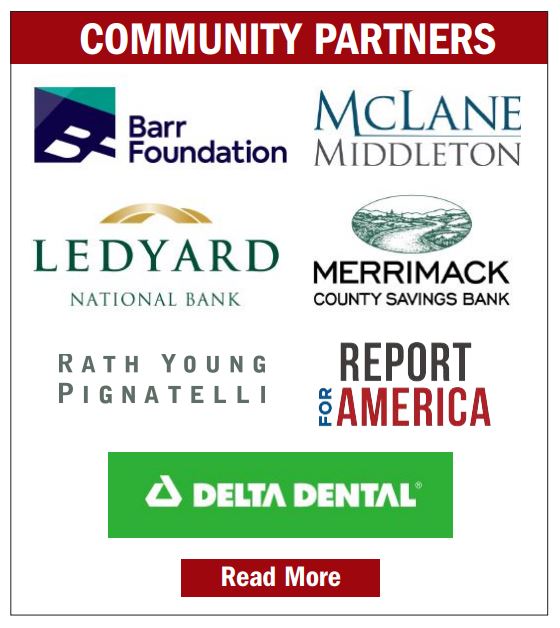
 Opinion: How dark can it get?
Opinion: How dark can it get?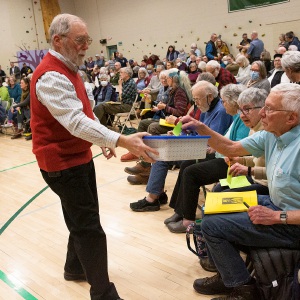 Opinion: Unfair taxes, unfair schools: The New Hampshire way
Opinion: Unfair taxes, unfair schools: The New Hampshire way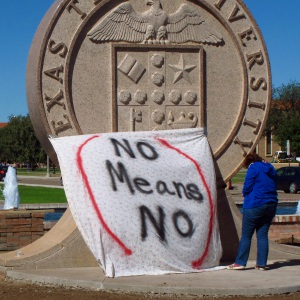 Opinion: In the fight to stop sexual violence, can polio hold the solutions?
Opinion: In the fight to stop sexual violence, can polio hold the solutions? Opinion: Where are the permanent solutions for a more stable budget?
Opinion: Where are the permanent solutions for a more stable budget?
